
Церковь СантаМариядельПополо где находится и что посмотреть рядом
Row of funeral monuments in the south aisle. Monuments in the Basilica of Santa Maria del Popolo are tombs and funerary monuments ranging from the 15th to the 19th centuries. Since its rebuilding in the 1470s by Pope Sixtus IV the Basilica of Santa Maria del Popolo was one of the favourite burial places for members of the papal aristocracy, clergy and literati.
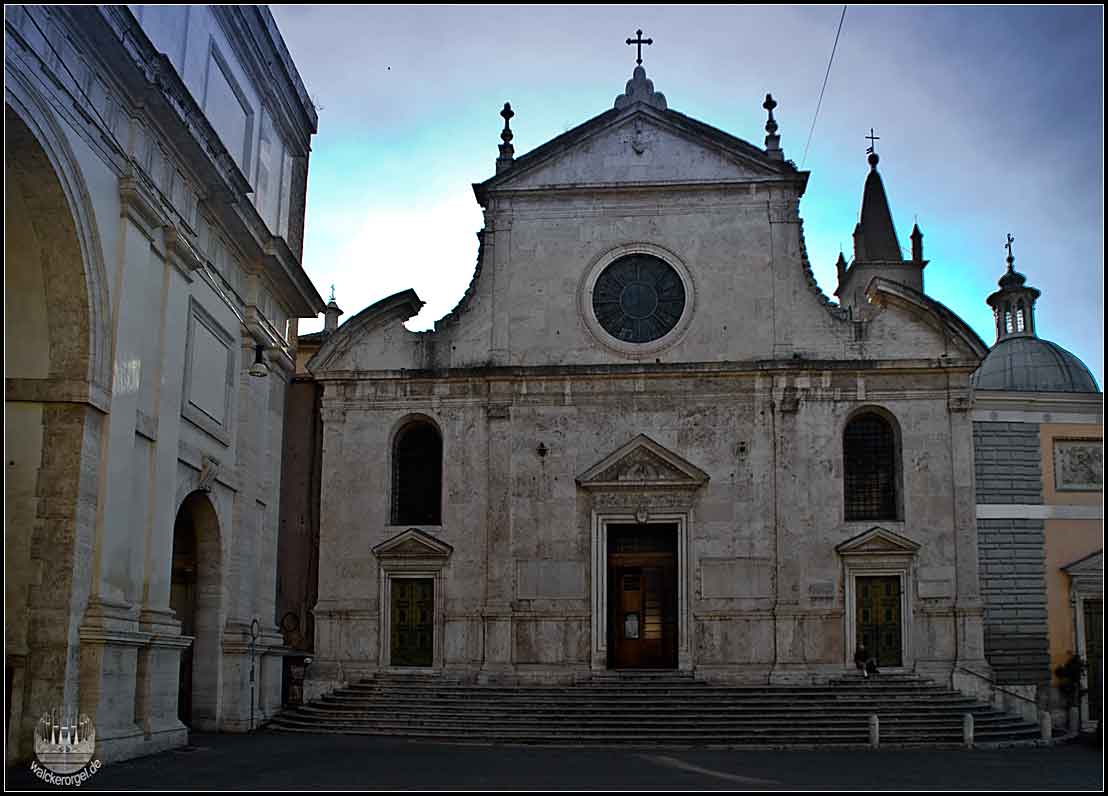
Santa Maria del Popolo
Santa Maria del Popolo ist eines der bedeutendsten Bauwerke der römischen Renaissance, nicht nur wegen seiner architektonischen Merkmale, sondern auch wegen seiner Gemälde und Skulpturen. Die Kirche wurde im 15.. Basilica di Santa Maria del Popolo, Piazza del Popolo, 12. Piazza del Popolo, 12. 41° 54' 40.8888" N, 12° 28' 33.7152" E. Um.
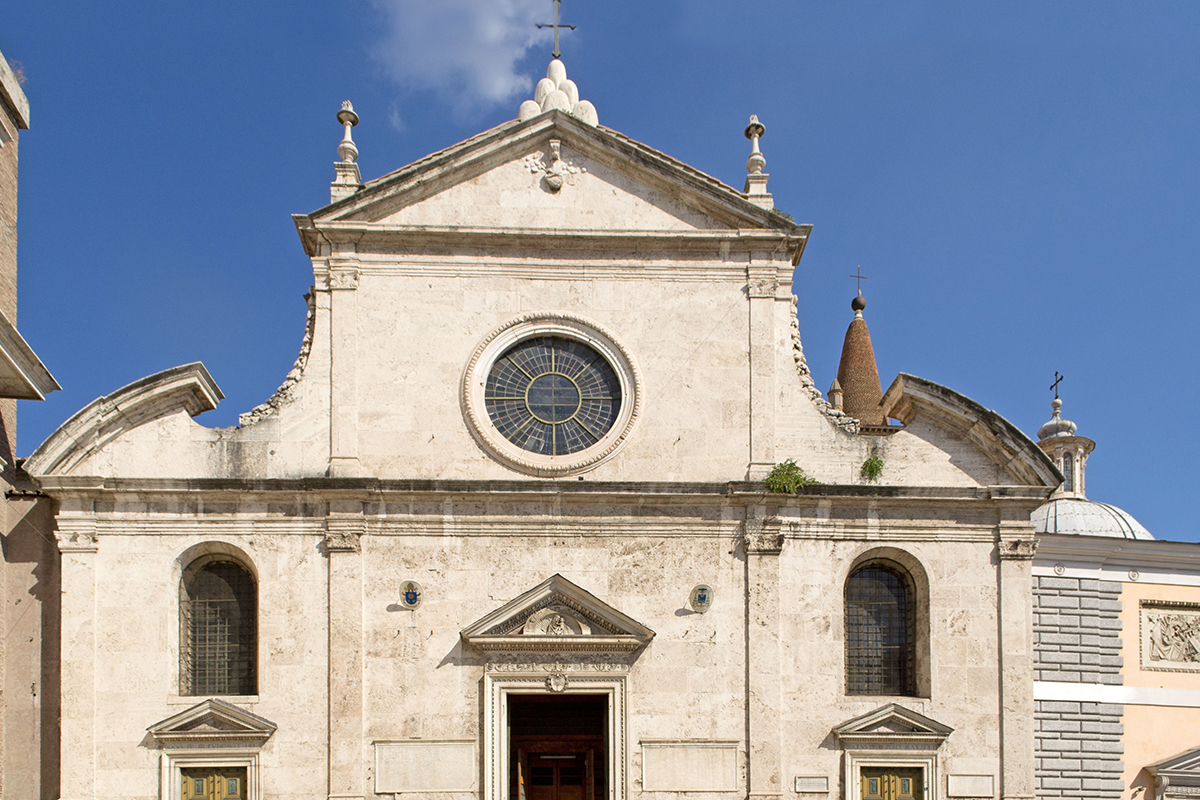
La Basílica de Santa María del Popolo en Roma Port Mobility Civitavecchia
Santa Maria del Popolo, Rome. This Minor Basilica, like many churches in Rome, is also associated with a founding legend: Its high altar supposedly stands where once a walnut tree grew, around which evil spirits roamed. These malevolent spirits guarded the tomb of Nero, which was located beneath this tree. When Pope Paschal II (1099 - 1118.
:max_bytes(150000):strip_icc()/SantaMariadelPoplo-4-6528a98cb02a4c5591d98f27d655552d.jpg)
A Guide to Santa Maria del Popolo in Rome
Located next to the northern gate of Rome, Porta del Popolo, the well-known Basilica of Santa Maria del Popolo stands in the famous Piazza del Popolo, right in the heart of Rome's city center.. This 15-century Church is a real jewel, full of masterpieces by celebrated Italian artists such as Raphael, Bernini, Pinturicchio and Caravaggio, and is regarded as one of the finest example of.

Basilica Parrocchiale Santa Maria del Popolo
Basilica di Santa Maria in Trastevere Santa Maria degli Angeli e dei Martiri Basilica di San Pietro in Vincoli. The Basilica of Santa Maria del Popolo is one of these that are definitely worth visiting, not because of its structure or its façade, but because of its impressively decorated chapels.
Santa Maria del Popolo Becky's photos of Roman Churches
Short History of Santa Maria del Popolo . Santa Maria del Popolo began life as a modest church, intended to erase the memory of the evil Emperor Nero. The first foundation stone of the basilica was laid on the spot where Nero was buried. READ: Guide To Nero's Golden House. Legend holds that a tree grew from Nero's bones and was possessed by.

Basílica de Santa María del Popolo Conociendo🌎
The Parish Basilica of Santa Maria del Popolo (Basilica Parrocchiale Santa Maria del Popolo) is a titular church run by the Augustinian order. It is located on the north side of Piazza del Popolo, one of the must-visit squares of Rome. The church contains artworks by famous artists, such as Raphael, Gian Lorenzo Bernini, Caravaggio, Alessandro.
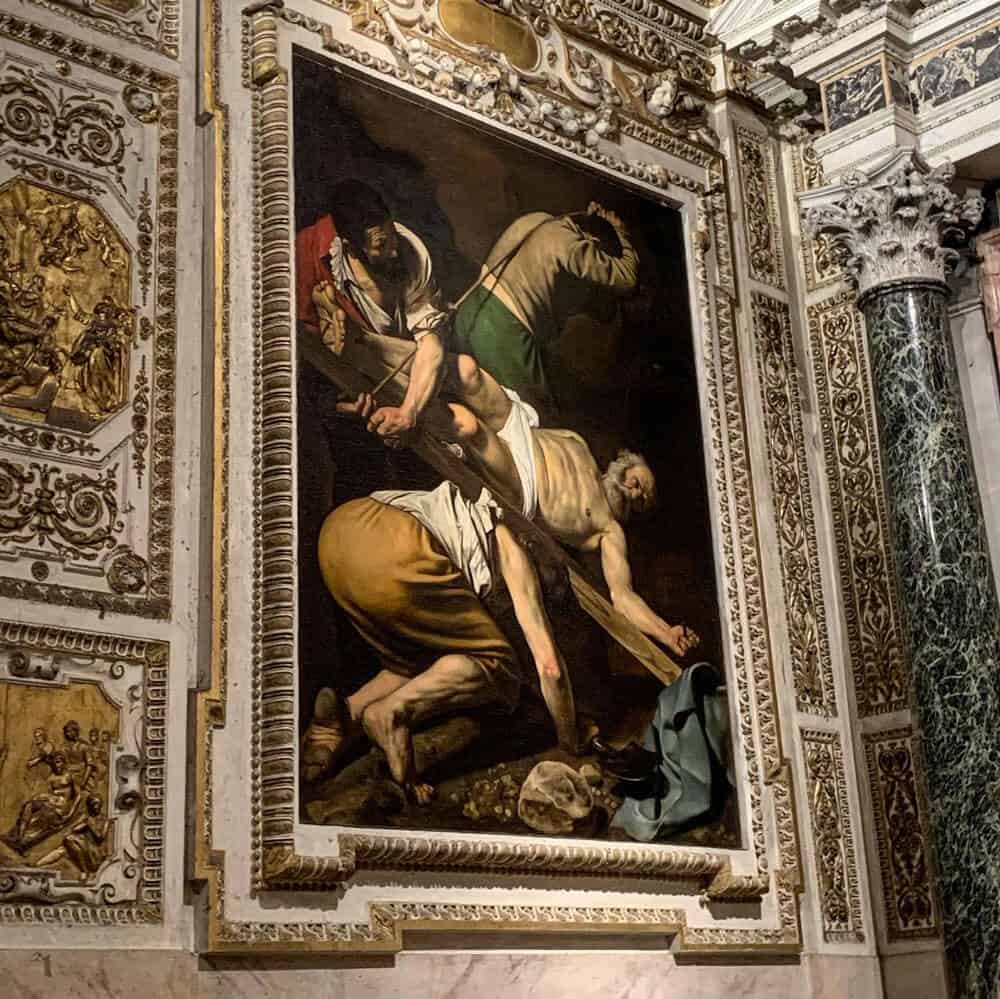
The Basilica of Santa Maria del Popolo in Rome Romeing
The well-known foundation legend of Santa Maria del Popolo revolves around the evil memory of Emperor Nero and Pope Paschal II cleansing the area from this m.

Coro di Santa Maria del Popolo decorato da alcuni dei migliori artisti attivi sulla scena
La basilica di Santa Maria del Popolo è un luogo di culto cattolico del centro storico di Roma, situato in piazza del Popolo, dalla quale prende il nome, a lato della porta del Popolo ("populus" in latino significa "popolo", ma anche "pioppo").. La chiesa ospita numerose opere d'arte e monumenti funebri, risalenti soprattutto al periodo tra il XV e il XIX secolo, comprese personalità da.

Lugares Sacros Roma. Santa Maria del Popolo
Piazza del Popolo, 12. Monday - Friday 10.30am - 12.30pm / 4pm - 6.30pm. Saturday 10.30am to 6.30pm. Sunday closed. Tags from the story. A treasure-trove of artistic gems by Caravaggio, Raphael, Bernini and more. Santa Maria del Popolo is a must-visit for any art enthusiast.

Basilica di Santa Maria del Popolo Tickets Rome
Basilica di Santa Maria in Montesanto 0.09 MILES This baroque church on the southern approach to Piazza del Popolo was designed by Carlo Rainaldi in the 17th century.

The Basilica of Santa Maria del Popolo in Rome Port Mobility Civitavecchia
The Basilica of Santa Maria del Popolo. Santa Maria del Popolo is one of the most significant buildings of the Roman Renaissance, not only for its architectural features, but also for the paintings and sculptures it houses. The church originates from a small chapel built by the will of Pope Pasquale II at the expense of the Roman people, from.
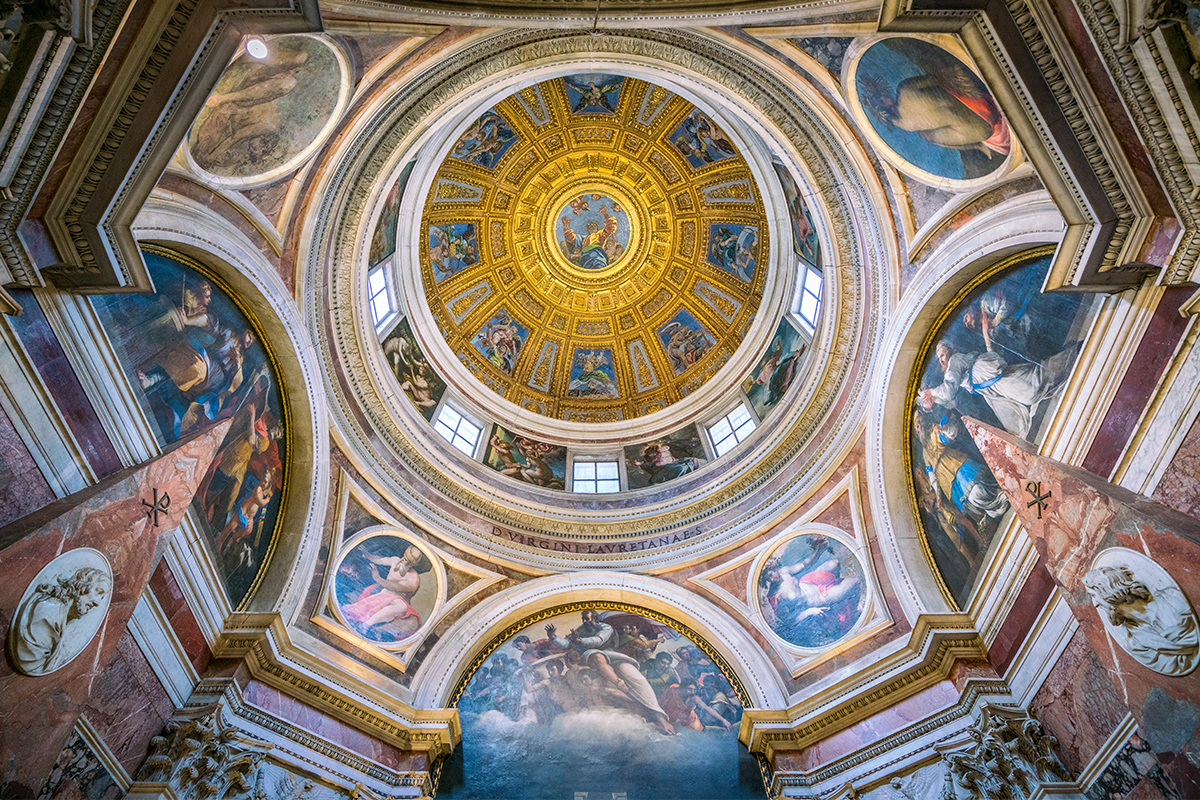
The Basilica of Santa Maria del Popolo in Rome Port Mobility Civitavecchia
The Cerasi Chapel or Chapel of the Assumption (Italian: Cappella Cerasi, Cappella dell'Assunta) is one of the side chapels in the left transept of the Basilica of Santa Maria del Popolo in Rome.It contains significant paintings by Michelangelo Merisi da Caravaggio and Annibale Carracci, two of the most important masters of Italian Baroque art, dating from 1600 to 1601.

Vacances célibataires à Rome l’église Santa Maria del Popolo THEOTOKOS VOYAGES
The Parish Basilica of Santa Maria del Popolo (Italian: Basilica Parrocchiale Santa Maria del Popolo) is a titular church and a minor basilica in Rome run by the Augustinian order.It stands on the north side of Piazza del Popolo, one of the most famous squares in the city.The church is hemmed in between the Pincian Hill and Porta del Popolo, one of the gates in the Aurelian Wall as well as the.
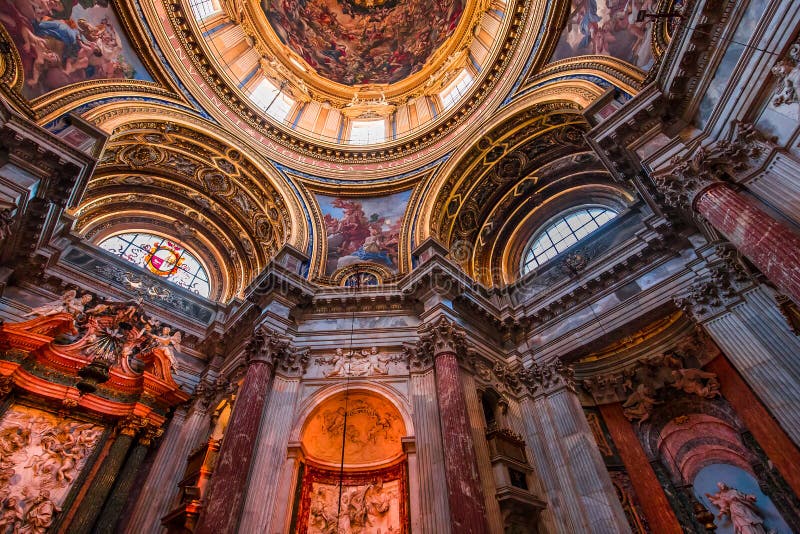
Basilica of Santa Maria Del Popolo, Rome, Italy Editorial Photo Image of baroque, church
The construction of Santa Maria Del Popolo started in 1099, preceding the building of Piazza del Popolo itself, which origin began just in 1538. The history of the Basilica is also quite unique and finds roots in history and legends at once. Indeed, in 1099 Pope Paschal II decided to destroy the Domizi Enobarbi Mausoleum, an ancient memorial of.

La basílica de Santa María del Pópolo en Roma
Basilica di Santa Maria del Popolo. Santa Maria del Popolo è uno degli edifici più significativi del Rinascimento romano, non solo per i suoi caratteri architettonici, ma anche per i dipinti e le sculture che custodisce. La chiesa sorse nel Quattrocento da una piccola cappella, costruita per volontà di papa Pasquale II a spese del popolo.
- San Pawl Il Baħar Malta
- Comuni In Provincia Di Verona
- Mage Knight Ultimate Edition Ita
- Armi Per Difesa Personale Legali
- Moneta 2 Euro Costituzione Europea 2005
- Ahi Lasso Or è Stagion De Doler Tanto
- Gatto Blu Di Russia Allevamenti
- Pensia Minima In Romania 2023
- Equazione Ellisse Passante Per Due Punti
- Chi è Il Marito Di Debora Ergas